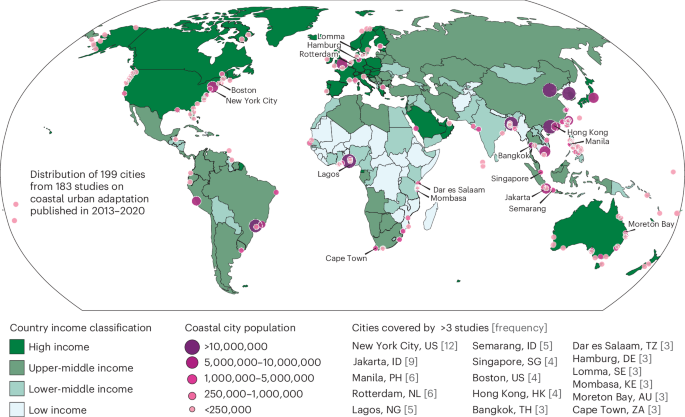2024-08-27 イリノイ大学アーバナ・シャンペーン校
<関連情報>
- https://aces.illinois.edu/news/illinois-researchers-develop-near-infrared-spectroscopy-models-analyze-corn-kernels-biomass
- https://www.sciencedirect.com/science/article/pii/S0961953424002290
- https://www.sciencedirect.com/science/article/pii/S0308814624017126
近赤外分光法とケモメトリックスを用いたソルガム(Sorghum bicolor)バイオマス組成の迅速かつハイスループットな決定 Rapid and high-throughput determination of sorghum (Sorghum bicolor) biomass composition using near infrared spectroscopy and chemometrics
Md Wadud Ahmed, Carlos A. Esquerre, Kristen Eilts, Dylan P. Allen, Scott M. McCoy, Sebastian Varela , Vijay Singh , Andrew D.B. Leakey, Mohammed Kamruzzaman
Biomass and Bioenergy Available online: 19 June 2024
DOI:https://doi.org/10.1016/j.biombioe.2024.107276

Highlights
- NIR efficiently characterizes sorghum biomass rapidly and at high throughput.
- Spectral pre-treatments and band selection enhanced PLSR model robustness.
- Validations confirmed the developed models’ effectiveness.
- Sustainable nature of NIR supports environmentally friendly practices.
Abstract
Compositional characterization of biomass is vital for the biofuel industry. Traditional wet chemistry-based methods for analyzing biomass composition are laborious, time-consuming, and require extensive use of chemical reagents as well as highly skilled personnel. In this study, near-infrared (NIR) spectroscopy was used to quickly assess the composition of above-ground vegetative biomass from 113 diverse, photoperiod-sensitive, biomass-type sorghum (Sorghum bicolor) accessions cultivated under field conditions in Central Illinois. Biomass samples were analyzed using NIR spectra collected in the spectral range of 867–2536 nm, with their chemical compositions determined following the National Renewable Energy Laboratory (NREL) protocol. Advanced spectral pre-treatment and band selection techniques were utilized to develop calibration models using partial least squares regression (PLSR). The models’ effectiveness was assessed through cross-validation and independent data tests. The predictions for moisture, ash, extractives, glucan, xylan, acid-soluble lignin (ASL), acid-insoluble lignin (AIL), and total lignin were accurate and reliable, demonstrating the capability of NIR spectroscopy to provide rapid and precise characterization of sorghum biomass. The results demonstrated that NIR spectroscopy is an efficient tool for rapidly characterizing sorghum biomass, making it a sustainable option for screening desirable feedstock for biofuel or bioproduct production.
近赤外分光法によるトウモロコシ穀粒の水分とタンパク質を予測するためのPLS回帰における勾配ブースティング機械による特徴選択の最適化 Optimizing feature selection with gradient boosting machines in PLS regression for predicting moisture and protein in multi-country corn kernels via NIR spectroscopy
Runyu Zheng, Yuyao Jia, Chidanand Ullagaddi, Cody Allen, Kent Rausch, Vijay Singh, James C. Schnable, Mohammed Kamruzzaman Available online: 10 June 2024
DOI:https://doi.org/10.1016/j.foodchem.2024.140062

Highlights
- Predicted moisture and protein across international corn using PLS with NIR.
- Applied and compared three GBM algorithms for feature wavelength selection.
- Showed potential of GBM in feature engineering and NIR spectroscopy.
- Used SHAP plots to illustrate contribution of important variables to prediction.
Abstract
Differences in moisture and protein content impact both nutritional value and processing efficiency of corn kernels. Near-infrared (NIR) spectroscopy can be used to estimate kernel composition, but models trained on a few environments may underestimate error rates and bias. We assembled corn samples from diverse international environments and used NIR with chemometrics and partial least squares regression (PLSR) to determine moisture and protein. The potential of five feature selection methods to improve prediction accuracy was assessed by extracting sensitive wavelengths. Gradient boosting machines (GBMs), particularly CatBoost and LightGBM, were found to effectively select crucial wavelengths for moisture (1409, 1900, 1908, 1932, 1953, 2174 nm) and protein (887, 1212, 1705, 1891, 2097, 2456 nm). SHAP plots highlighted significant wavelength contributions to model prediction. These results illustrate GBMs’ effectiveness in feature engineering for agricultural and food sector applications, including developing multi-country global calibration models for moisture and protein in corn kernels.



